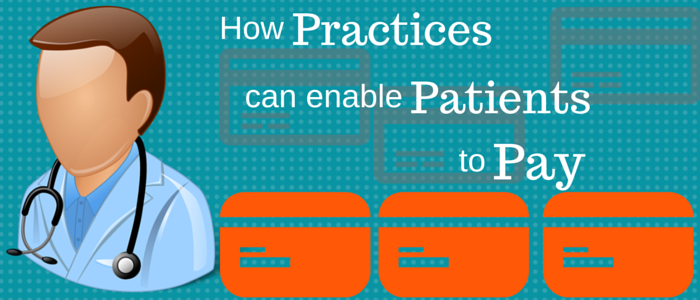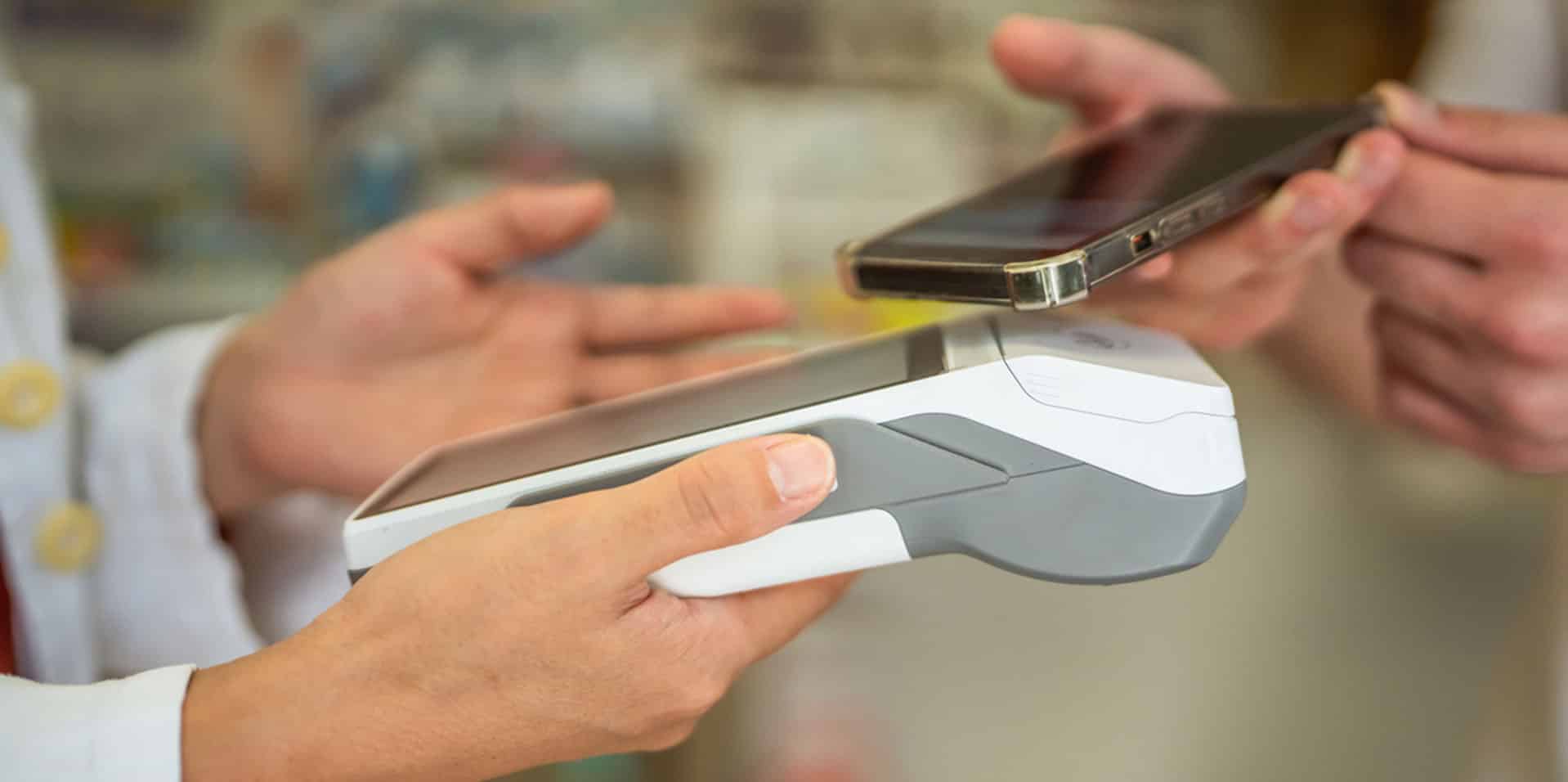Collecting patient payments is a huge challenge across healthcare, and a major pain point for small to mid-size providers. Many blame patients themselves for not paying a bill once they receive it, which seems like a reasonable transaction to complete.
But a few factors, both historical and in today’s age of patient consumerism, prevent collections from being the seamless process providers dream of.
A key deterrent to patient payments is simply the rising out-of-pocket expenses. According to InstaMed’s 2015 Trends in Healthcare Payments report, the amount a consumer must pay before a health plan pays any portion has increased by 255 percent since 2006. Therefore, patients are seeing bills with more patient responsibility than ever before.
A second problem is that, though the bills are higher, people aren’t prioritizing paying them. It seems pretty intuitive for most people that if you procure a good or service and agree to pay for that good or service, that you actually should pay for that good or service. But that isn’t always the way that patients perceive medical billing. There is a perception that medical expenses aren’t as important as other bills. Studies show that people priorities expenses like utilities over paying for healthcare, which makes sense if a consumer can’t pay for everything — there really isn’t a (legal) medical equivalent to cutting off electricity.
Third is healthcare debt that continually balloons. A TransUnion report found that more than half of patients owe more than $1,000 to their healthcare providers. Once out-of-pocket costs go beyond a grand, consumers are much less likely to pay than when bills are more palatable.
While it’s easy to blame patients for not paying (and we understand the impulse to do so), you might be surprised to find that patients are very willing to pay their healthcare bills. McKinsey found that 91 percent of patients are willing to pay bills up to $500 per year, while 74 percent say they would pay up to $1000 for care.
But, certain conditions need to be met to enable this. That’s the catch: It’s up to you to make it happen.
CLICK FOR OUR 10 BEST PRACTICES ON COLLECTING
Sure, the paradigm could shift considering the implementation of the Affordable Care Act and the continuing increase of medical bills’ self-pay responsibility. But your current situation in all likelihood proves that many patients haven’t changed their attitudes or payment behaviors within your current collections process.
Since 53 percent of providers cite collecting the patient responsibility as their primary concern, instead of waiting for patients to come around, address the issue yourself.
Collections is totally different in the age of healthcare consumerism, and hold-over from different times is only holding you back. These are the three things a modern healthcare consumer demands during the payment process.
- Transparency
- Convenience
- Confidence
Last week we wrote about how transparency is the most important word in the patient payment process. Alongside transparency, consumers also want to feel confident in the care provided and have convenient payment options.
FOR MORE TIPS ON SECURING PATIENT PAYMENTS, DOWNLOAD OUR WHITEPAPER.
Again, it’s up to you to provide this sort of payment environment, whether it’s through a patient check-in kiosk, mobile integration or other solution that delivers the value and simplified, direct process consumers today expect.
Patients are willing to pay — but they won’t go out of their way. For best results, meet them halfway, or on their terms.
{{cta(’39eb70a4-7b01-48a8-a34a-f6f03dd9e589′)}}
Sources:
InstaMed
TransUnion





